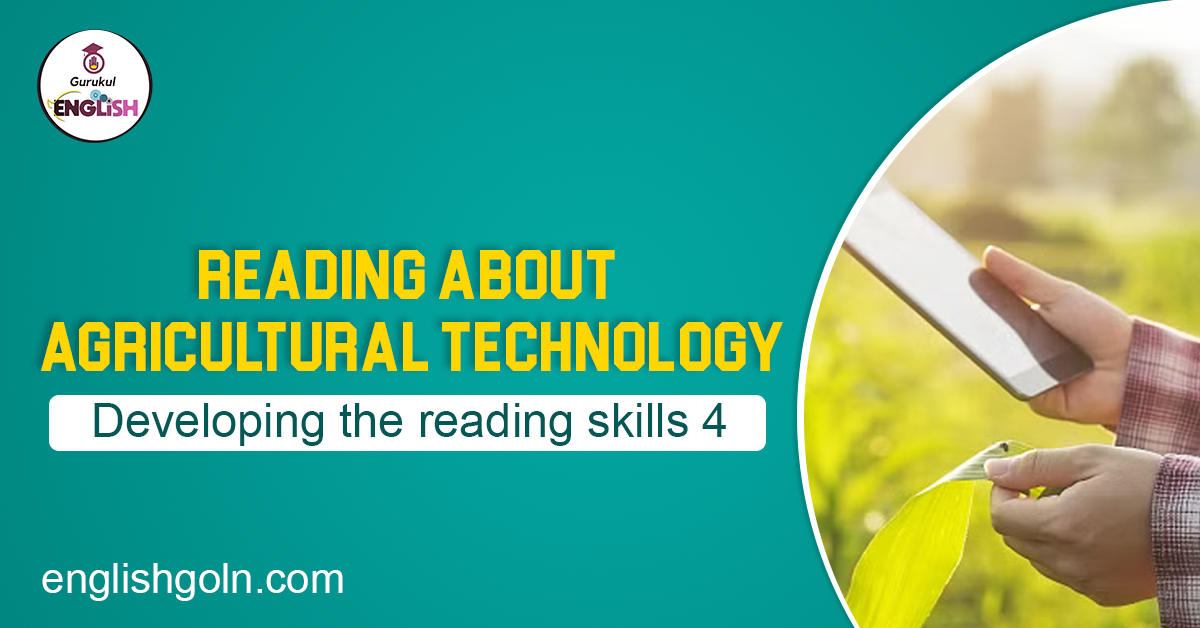Today is our topic of discussion Reading about agricultural technology
Reading about agricultural technology
Read what the Agricultural Extension Officer (AEO) and some villagers are talking about.
Fig : AEO talking to villagers
ΑΕΟ : Do you know why the food that you grow is not enough for you?
Jamil : We don’t have enough land to grow food for all of us. We’ve grown in number, but our land hasn’t grown in size.
AEO : Yes.
Rabeya : And also we are trying to get too much from our land. We are growing as many as three crops every year.
ΑΕΟ : You’re very right. The land that used to produce enough food for 6 people 30 years ago, now cannot produce food for 60 people.
Sharif : What shall we do then?
AEO : What do you think you should do?
Rabeya : We are too many. We should keep our family within a reasonable size.
AEO : Yes. But we should also do something more. And that’s what I’m going to talk about today with you. The rice that our farmers usually grow cannot meet our need. We need MVs that have been developed by BRRI for increased production. The traditional method that the farmers follow in cultivating the land cannot increase production.
You have to use modern agricultural technology to increase production. All this means you have to use MV seeds and mechanised implements or tools. Also you have to learn how to use them. For example, instead of the old wooden plough that is drawn by bullocks you should use the power tiller.
Similarly, You can use a seed-drill, a paddy weeder, a power pump and a knapsack sprayer for efficient cultivation and increased production.
Fig : Seed-drill
A power tiller can perform deep ploughing, harrowing, removing deep- rooted weeds, opening new lands, etc. A seed-drill is used for seeding rice, wheat, jute mustard, etc. It weighs about 15 kg.
These mechanised tools can do the jobs they are made for much faster and more efficiently than humans and animals. Also the present high price of bullocks often compels the farmers to go for mechanised implements. However, such problems as unavailability of fuel, spare parts, lack of practical training for the users, etc. should be solved before the tools are used widely and practically.
Put T against a statement that is true and F against one that is false. If a statement is false write why it is so. Write the names of the speakers of true statements.
1. We cannot grow enough food for us.
2. Our farmers grow only two main crops a year.
3. Our land is limited.
4. More children in a family can work for the betterment of their family life.
5. The same land that now produces food for a large number of people used to produce food in the past for a small number of people.
6. The farmer and his cows can work in the fields more quickly than machines.
7. The farmers should be trained in how to use mechanised tools efficiently.
